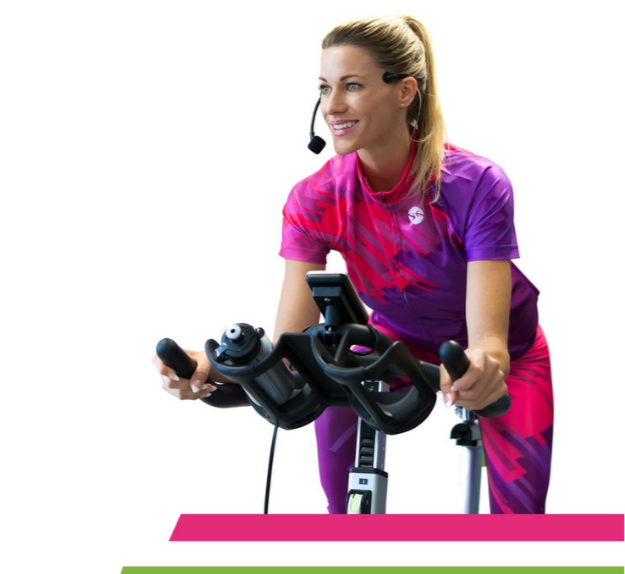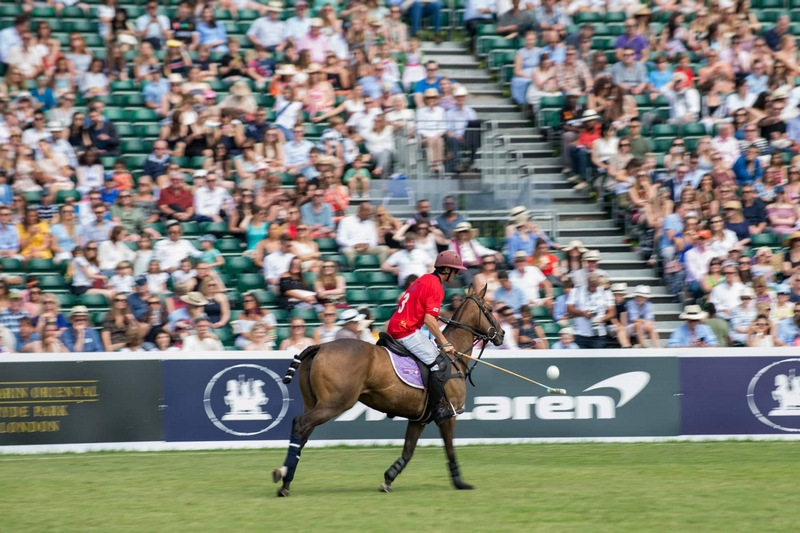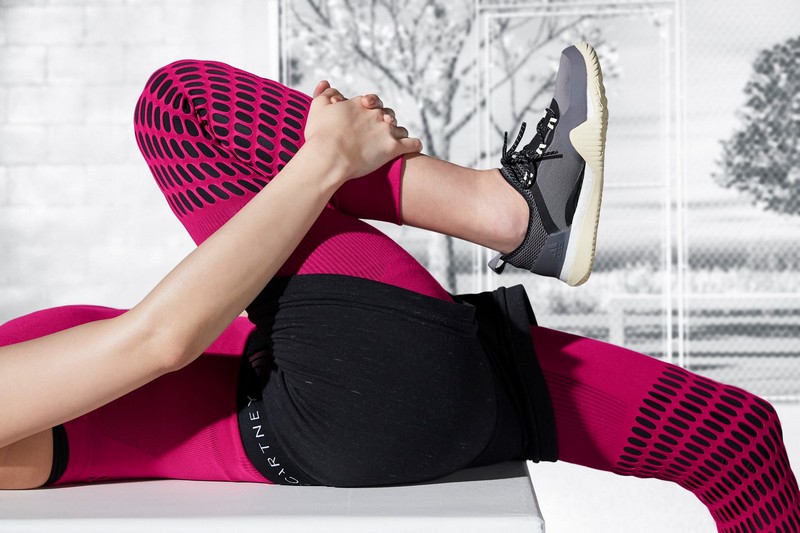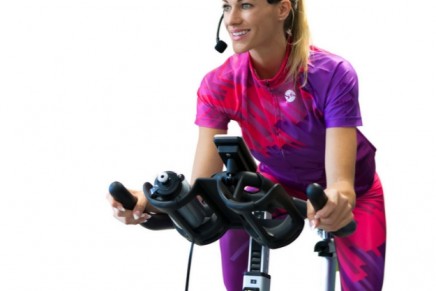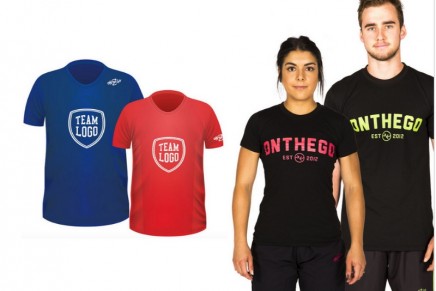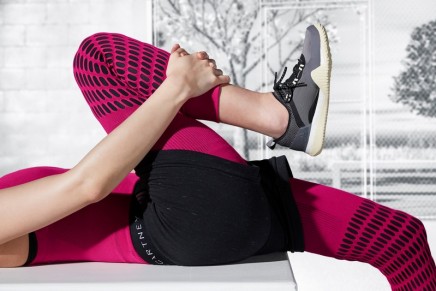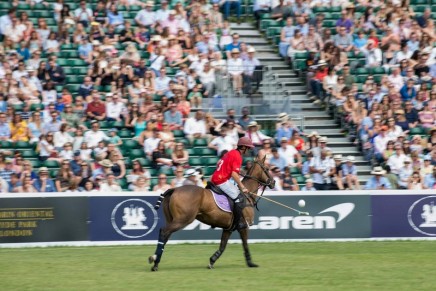Sportswear clothing is light and allows free movement while you engage in your sports activity. However, you cannot just buy any sportswear for your sport. If you choose the wrong fabric, instead of giving you comfort, it can hinder your progress. In order to avoid this, you must select a fabric well-suited for the sports you play. You can even get OnTheGo custom sports apparel according to your requirement. Before you do that, keep in mind the following properties of a fabric.
Thermal Insulation: Thermal insulation helps keep your body temperature stable regardless of environmental factors such as snow, rain or wind.
Moisture-wicking Capacity Of The Fabric: A good sportswear fabric should wick moisture away from your skin and toward the outer side of the apparel so that it can dry quickly and not leave you drenched in sweat during your activity.
Water Vapor Transmission Through The Fabric: Your sports clothing should be ‘breathable’, meaning that sweat should be able to evaporate from the fabric during high-intensity games to effectively cool your body down.
Therefore, on the basis of these properties, here are the six best fabrics for your custom sportswear.
1. Bamboo Fabric
Made out of bamboo pulp, bamboo fabric is soft, remains odor-free, and offers protection from the sun. It also allows for thermal insulation, can absorb water and dries quickly. All these qualities give us a light and breathable fabric that ticks all the properties the best sportswear. To top it all off, it is eco-friendly as well!
2. Cotton
The most commonly used fabric for clothing, cotton is cheap due to mass-production, breathable, and more odor-resistant than most other fabrics. However, sportswear made of cotton is mostly worn for low-intensity activities since the fabric does not have a high moisture-wicking capacity.
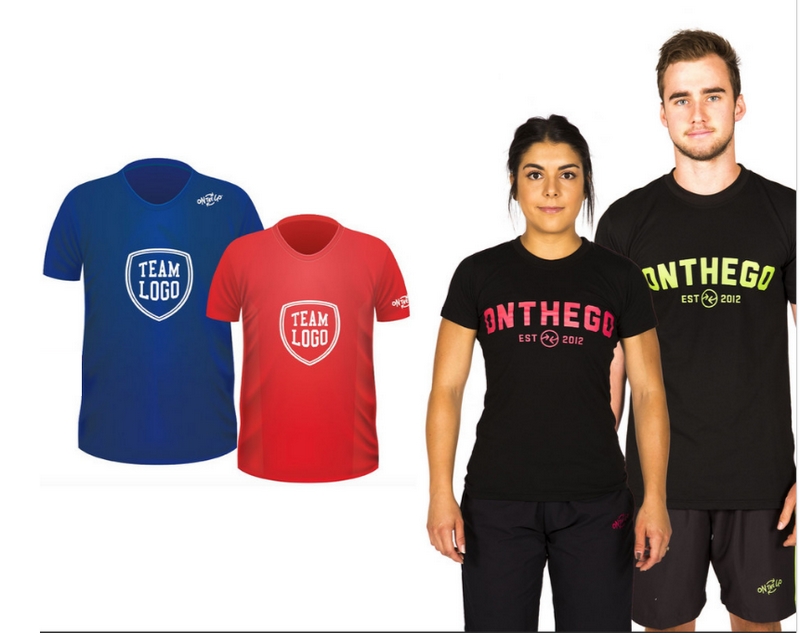
ONTHEGO’s custom sportswear apparel; photo: onthegosports.com.au
3. Nylon
The biggest drawback of synthetic fiber-based fabric in sportswear is that synthetic fibers are prone to bacterial and fungal growth. Nylon, however, is light, soft, and mildew resistant. It also wicks moisture away from your skin and dries quickly, keeping you cool even during high-intensity training sessions.
4. Polyester
Made out of plastic, polyester is light, moisture-wicking, durable, and breathable. The fabric does not wrinkle, and is UV rays-repellant. It also provides insulation in wet weather, which makes it an excellent fabric for sportswear. The only disadvantages of polyester are that the fabric is not odor-resistant and prone to bacterial growth since it does not dry as quickly as other synthetic fabric such as nylon or polypropylene do. Polyester is not an eco-friendly fabric either because its production results in the emission of large amounts of greenhouse gases annually.
5. Polypropylene
Another synthetic, plastic-based fabric, polypropylene is not only durable, light and breathable, but is also completely resistant to water. This means that the fabric is capable of completely wicking away all moisture from your skin to the outside of the apparel from where it can quickly evaporate, leaving you dry in hot weather.
6. Wool
Light, breathable, and odor & moisture-resistant, wool fibers can trap air, which allows for enhanced heat insulation. This is an important quality of a sportswear fabric in cold areas, required for sports like snowboarding and hiking.
Sources:
https://dolcelou.com/sportswear-fabrics/popular-sportswear-fabrics/
https://www.shape.com/fitness/clothes/10-fitness-fabrics-explained
https://blog.fabricuk.com/974-2/

